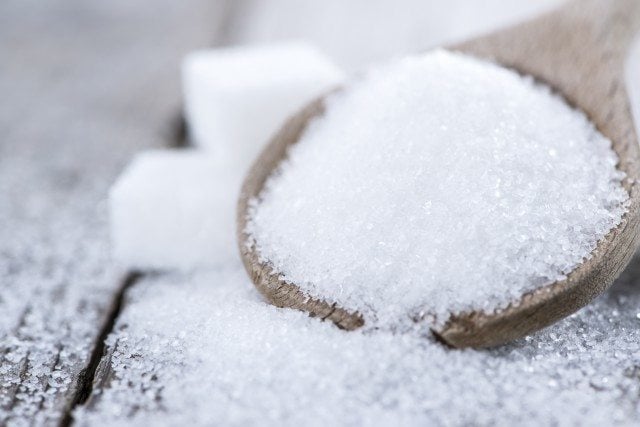The sweet taste and smell of antifreeze tempts children and animals to drink the poisonous substance, resulting in thousands of accidental poisonings in the US every year.
Researchers will however describe a new, nontoxic product based on a common food additive that could address this health issue and help the environment at the same time.
They will present their findings at the 249th National Meeting & Exposition of the American Chemical Society (ACS).
As many as 90,000 pets and wild animals are poisoned annually by drinking antifreeze, says the Humane Society of the United States.
The American Association of Poison Control Centers reports that about 6,000 people were poisoned by the toxic liquid in 2012.
Several hundred of those were children.
Harry Potter star Daniel Radcliffe revealed last fall that he became ill after accidentally drinking a mixture of half water/half antifreeze from a faucet in Canada.
“Ethylene glycol, the predominant constituent of automotive products, such as antifreeze and deicers, is chemically broken down in the body into toxic compounds,” says Edward V. Clancy, chief technology officer and founder of ACTA Technology, Inc., as well as professor emeritus at California State Polytechnic University.
“It and its toxic byproducts first affect the central nervous system, then the heart and finally the kidneys. Drinking sufficient amounts can be fatal.”
The researchers at ACTA have created an ecofriendly and safe antifreeze by turning to a substance called propylene glycol and combining it with an additive that also makes the new product more efficient, Clancy says.
Unlike the poison ethylene glycol, propylene glycol is safe to consume — the syrupy liquid is a common food additive used to absorb excessive moisture and stabilize mixtures.
For example, it is in some foods that contain artificial sweeteners, as well as in some pastry icings.
It is generally recognized as safe by the US Food and Drug Administration.
Making an additive from nanoparticles
Clancy notes that propylene glycol is already used as antifreeze in some machinery where safety is especially important, such as in manufacturing plants where food is made and antifreeze leaks could result.
However, it would not be practical to use it in vehicles directly because propylene glycol alone is thicker than ethylene glycol, leading to less efficient cooling and added costs, he says.
The team, looking for a way to overcome the problem, developed an additive composed of nanoparticles that thinned the propylene glycol to a point where it significantly improved heat transfer and made it more effective than ethylene glycol, Clancy says.
“Our additive creates a stable dispersion of high surface area, pyrogenic metal oxide particles,” he explains.
“This high surface area seems to be functionally critical to the superior heat transfer performance.”
They also expect the new antifreeze to be safe for humans, given that the additive’s constituents are not expected to have hazardous effects based on material safety data sheet information.
The researchers tested the propylene glycol and additive mixture in the laboratory to see whether it would be a good substitute for ethylene glycol. They found that their antifreeze was 60% more efficient at cooling than conventional formulations.
“Because ACTA’s patented propylene glycol/water mixture with our additive increases the heat transfer of the flow systems, vehicle manufacturers could make these systems smaller,” says Clancy.
“A smaller radiator would result in a lighter car, thereby increasing fuel economy and cutting emissions.”
Changing the radiators would require some redesigns, and this would take time, says Clancy.
Thus, the team first plans to optimize the antifreeze for smaller markets, such as the food and beverage industry.
They are also working on ways to adjust the fluid so that it can be produced on a large scale.
He predicts that the product will be on the market for food processing within a year.
The researchers acknowledge funding by the US Environmental Protection Agency and ACTA Technology.










